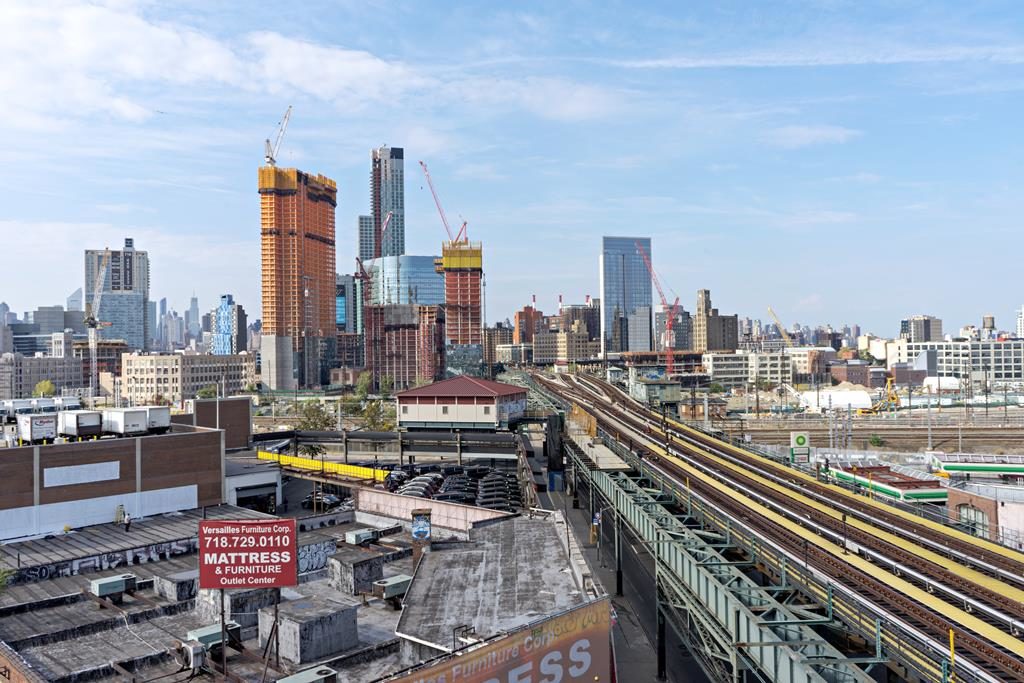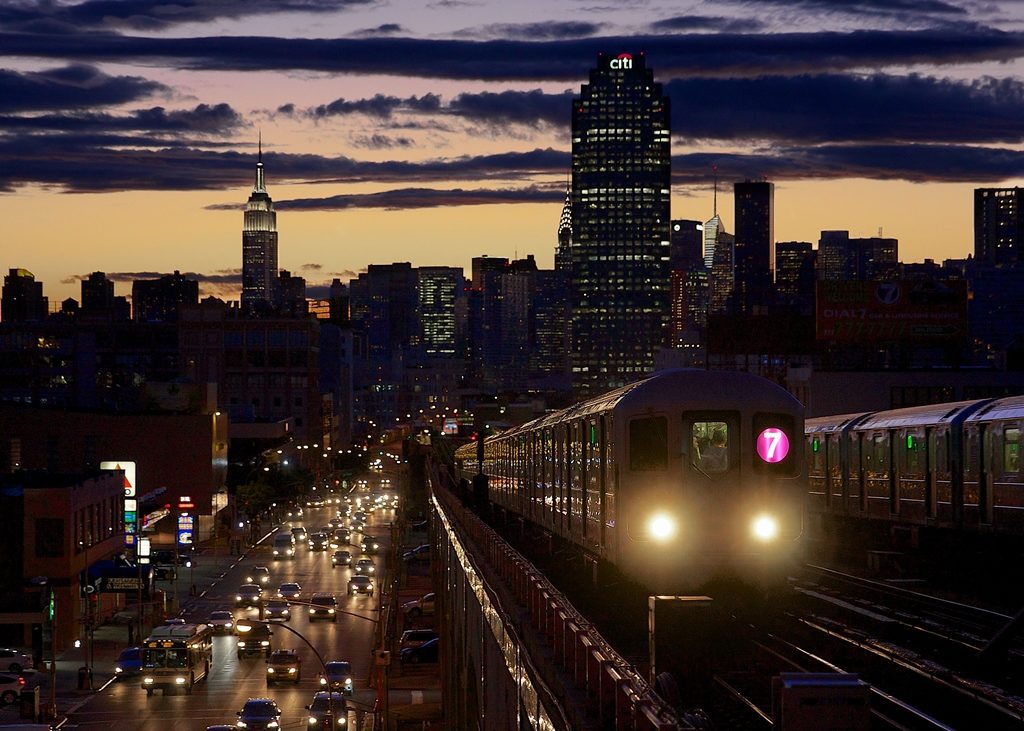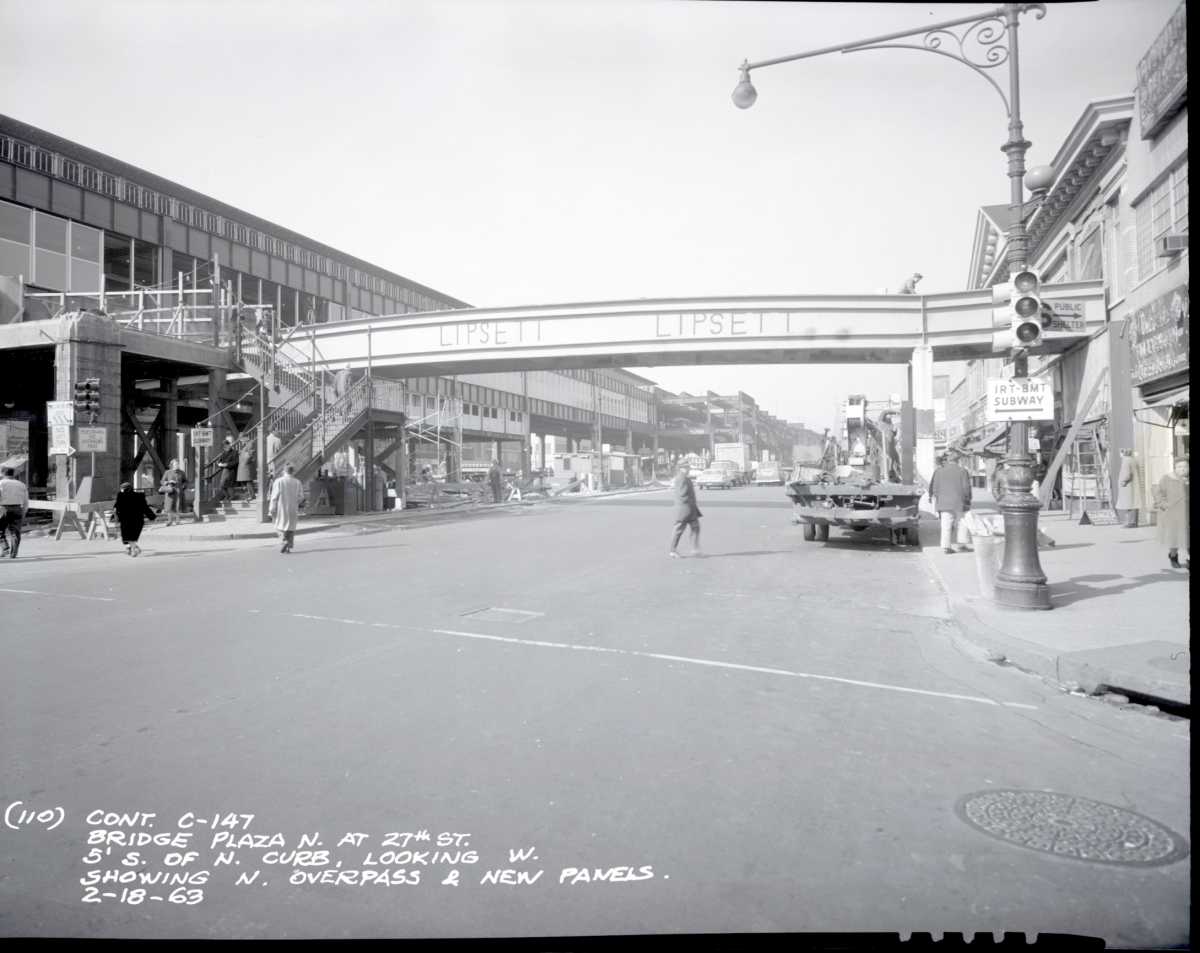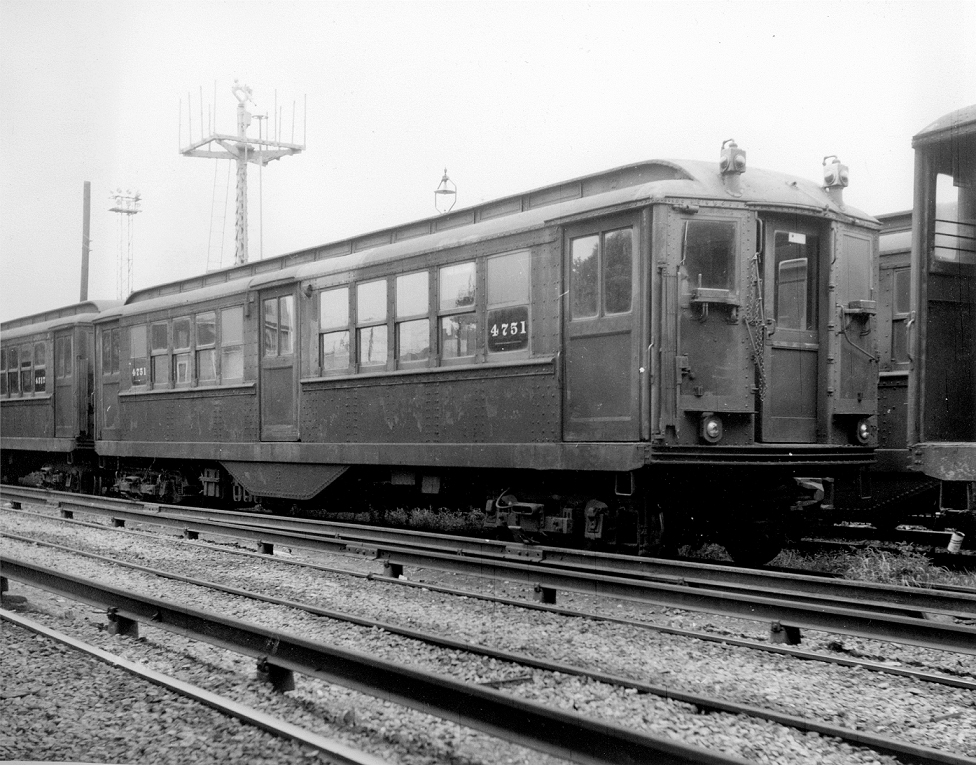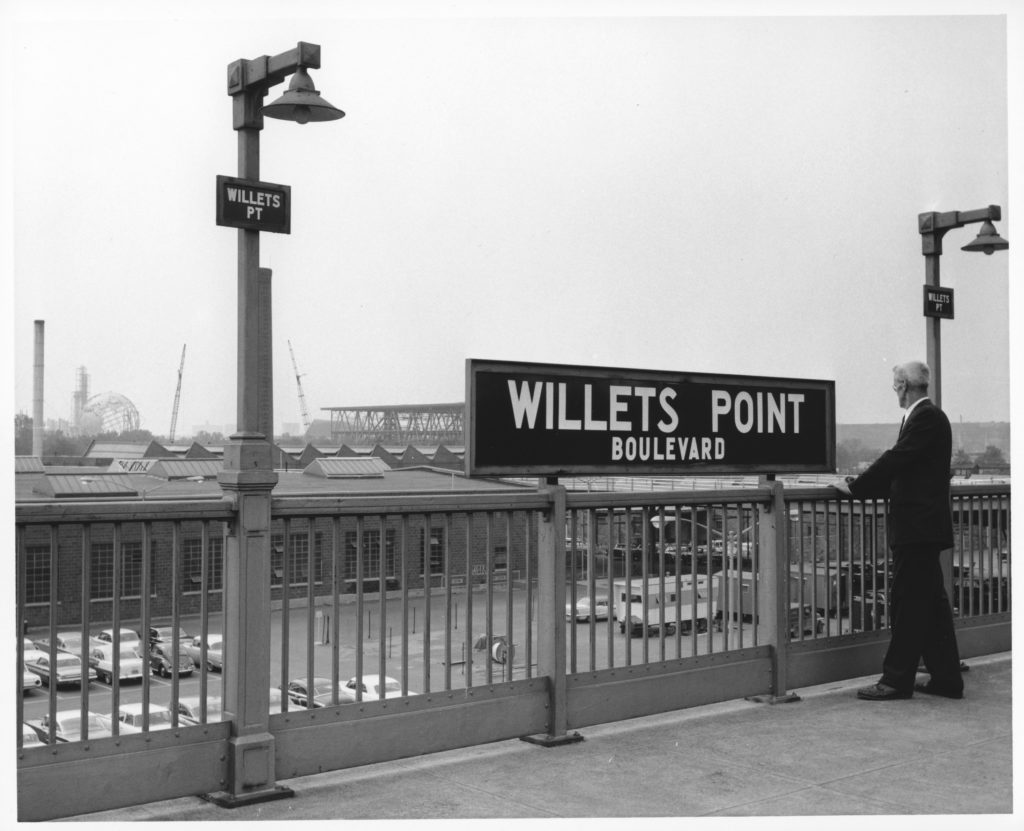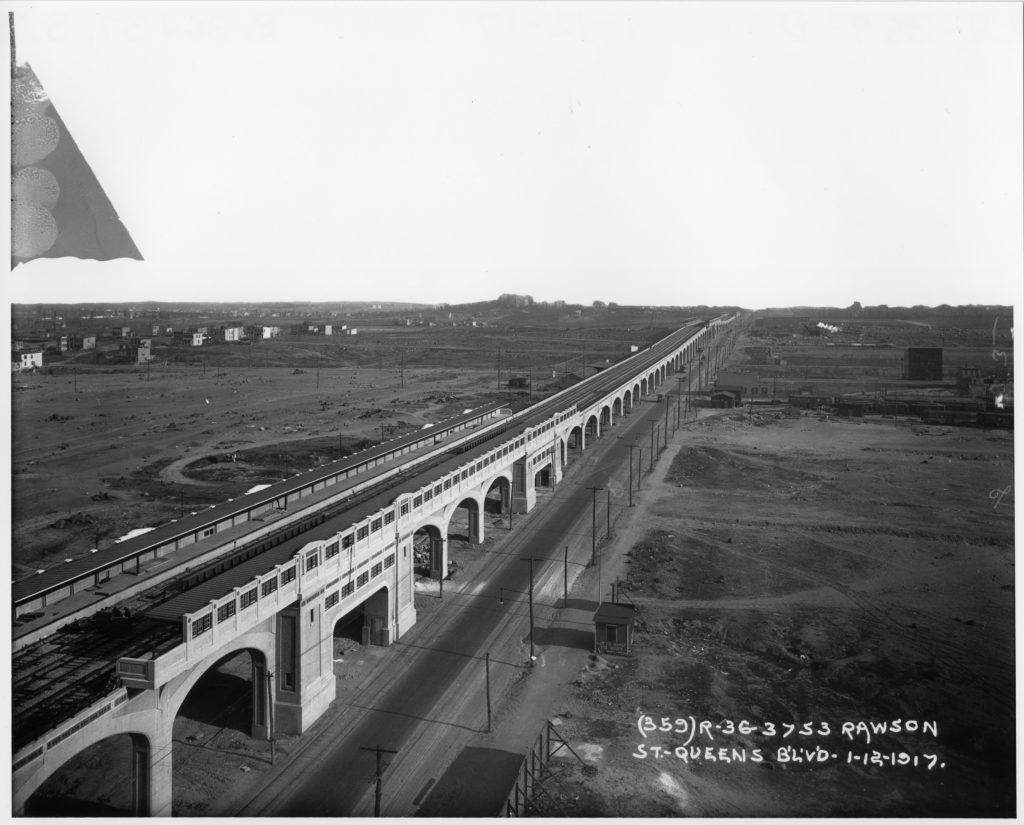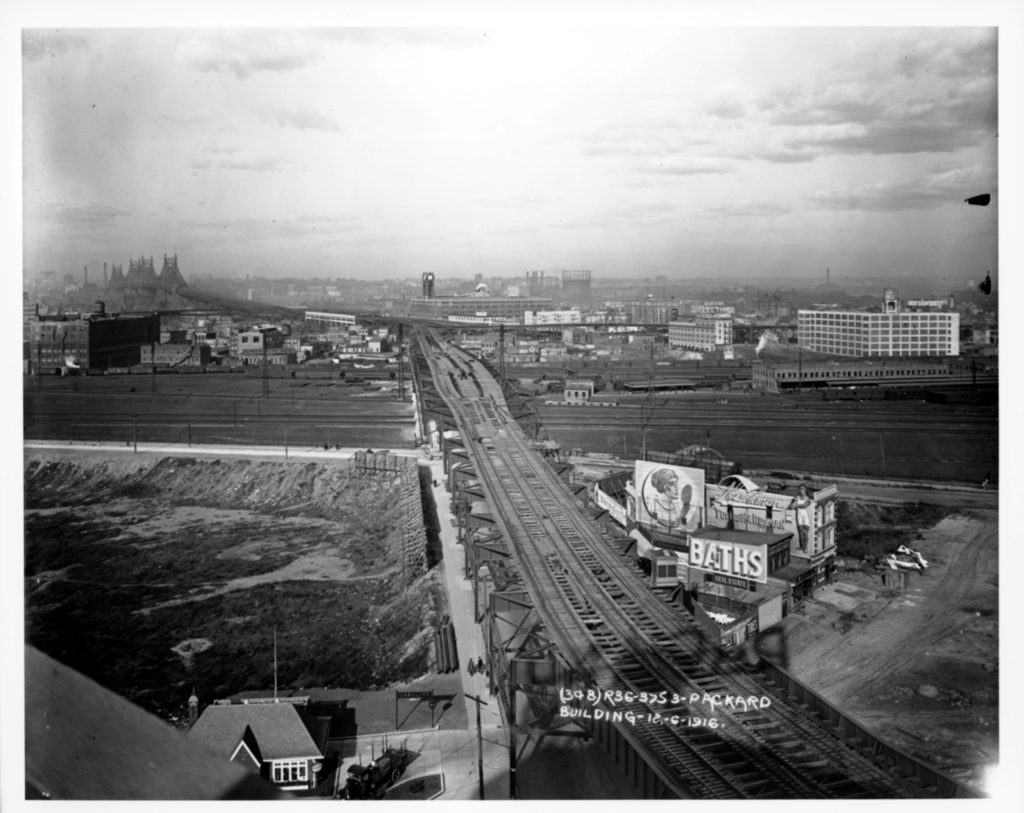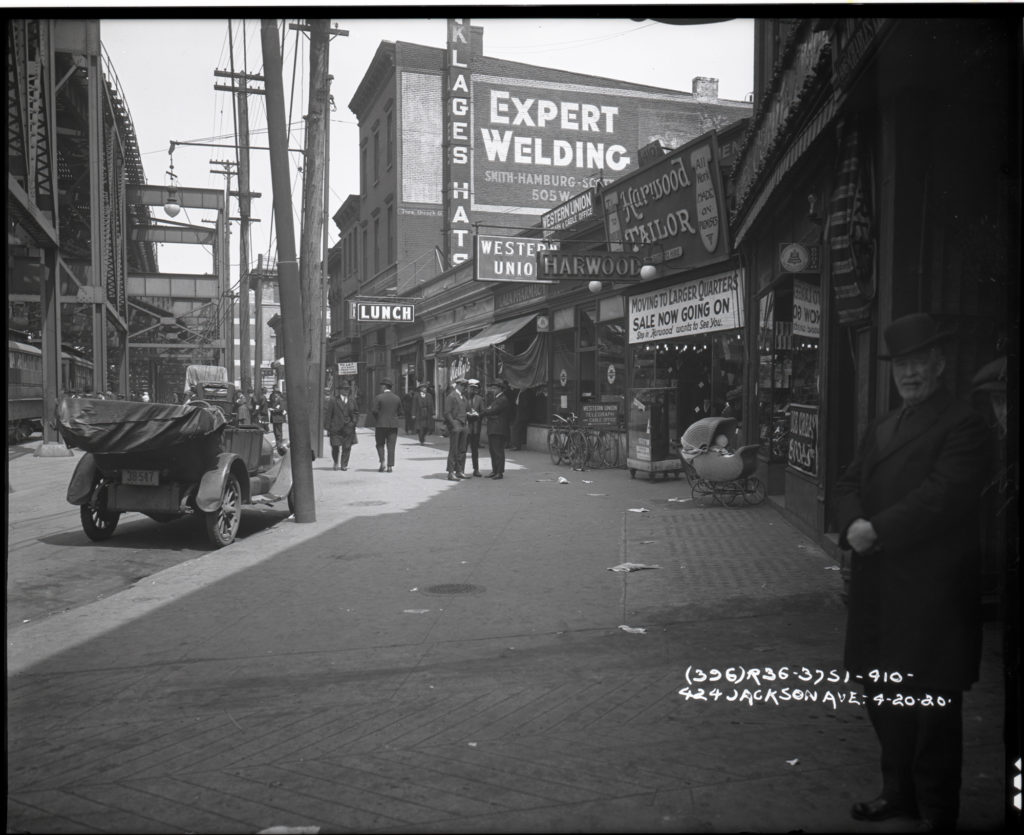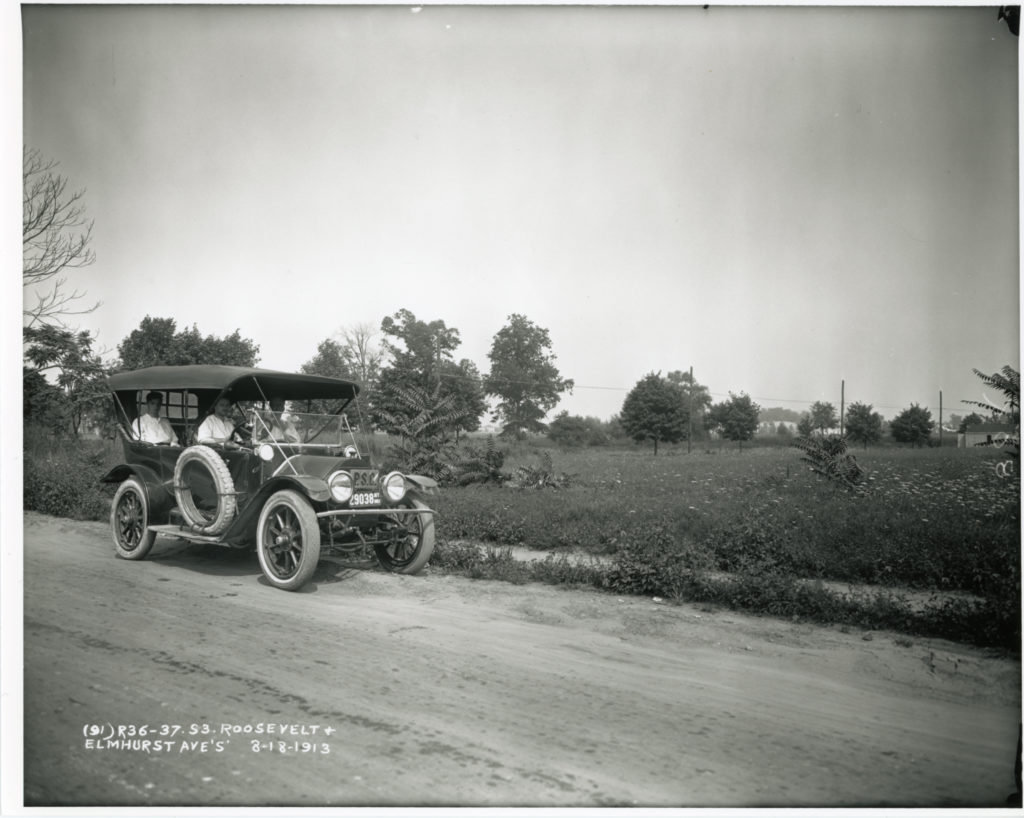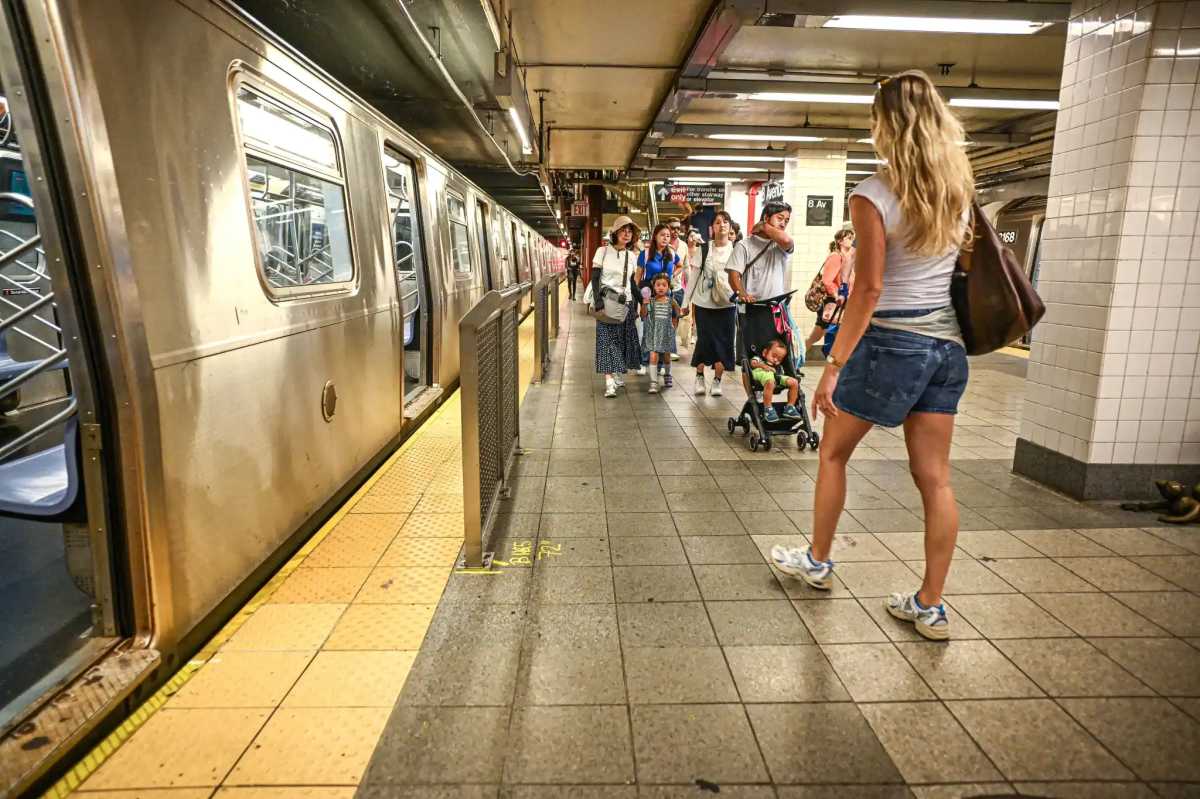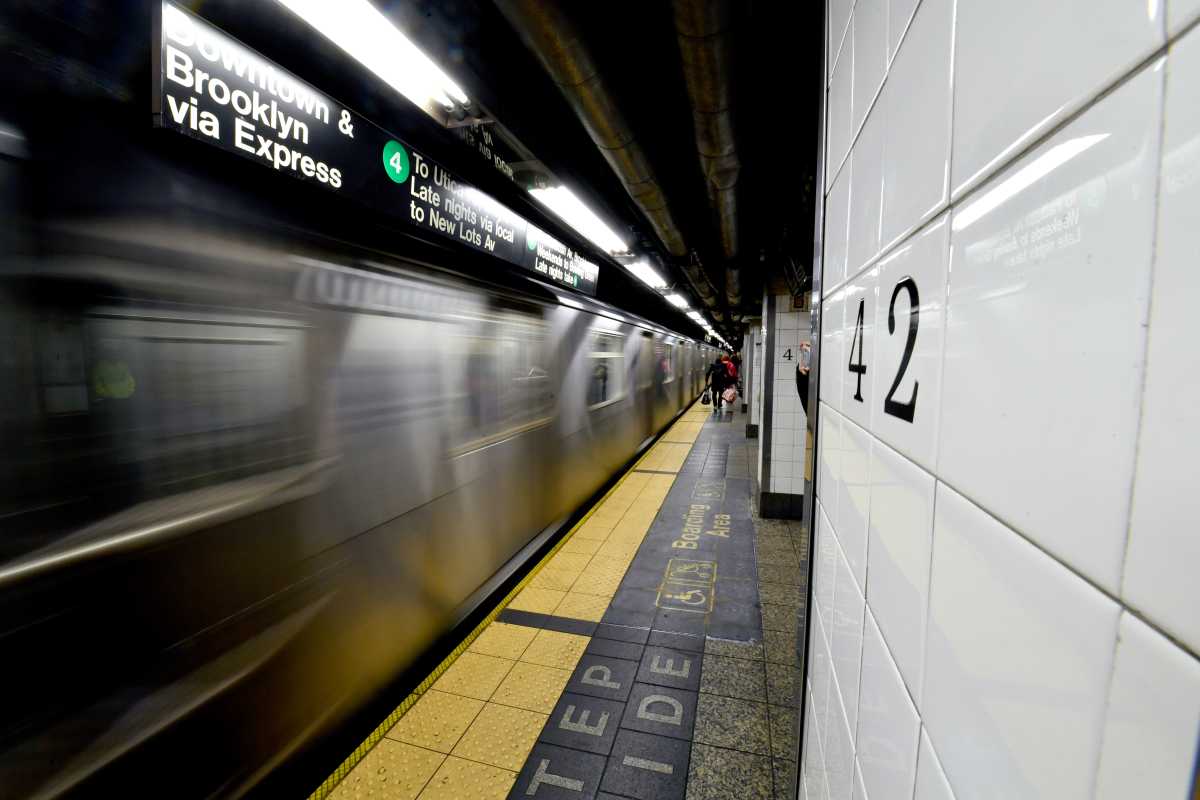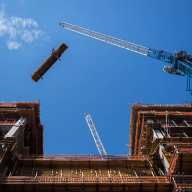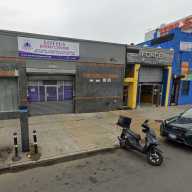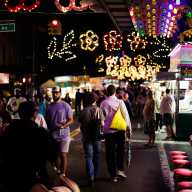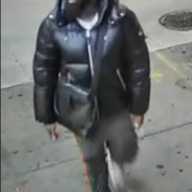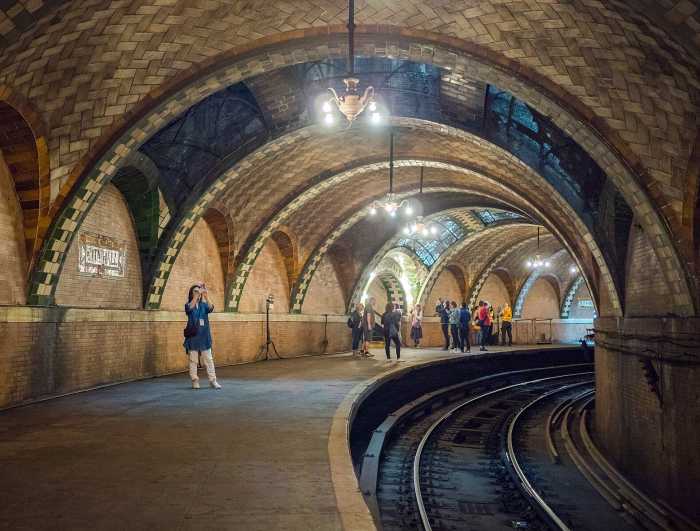A new exhibit at the New York Transit Museum will explore Queens’ first subway line and how it transformed the borough socially and economically.
“7 Train: Minutes to Midtown” will open on Aug. 3, and museumgoers will be able to view photographs and objects from the line’s beginnings in 1915 and beyond.
The 7 line is different from other early lines in that it was built to attract more residents to the underpopulated borough. Other subways, like the IRT Ninth Avenue line, were constructed in densely populated areas in lower Manhattan. The first 7 train ran on June 22, 1915.
Queens’ population exploded as a result of the new line, which provided a short commute to Manhattan. Between 1910 and 1930, the borough’s population jumped 300 percent from 284,000 to 1,079,000.
The exhibit features images of the line from as far back as 1916 and as recent as 2016 by photographer John Sanderson. The museum will also display a New York and Long Island City ferry ticket from the late 1800s, station wayfinding signs dating from between 1928 and 1949.
In addition, the exhibit will include a Queensboro Bridge Railway token from 1945 and archival transit maps will highlight the expansion of the subway and elevated lines in Queens.
“We are incredibly proud to share this story of Queens and how it was transformed from bucolic farmland to the world’s cafeteria in the span of a century,” said museum director Concetta Bencivenga. “At its inception, the New York City subway was a means to decongest lower Manhattan and draw the population of the city northward. The story of Queens, and by extension the 7 train, was and continues to be, one of vision; whether a hundred years ago with the Steinway Tunnel, or right now with Hudson Yards, the 7 train established communities, a neighborhood, and an entire borough, by providing people with access to transportation.”
In recent years the line has caused headaches for many Queens residents, especially with the explosive growth of Long Island City. Residents aren’t the only people frustrated with the service and overcrowding. In 1999, then Atlanta Braves pitcher John Rocker ranted about the subway and how much he disliked the city and Mets fans.
Mets fans on the other hand have adopted the subway’s name and created The 7 Line Army, a fan club and clothing company. Additionally, a 2000 documentary called “The #7 Train: An Immigrant Journey” highlights the diversity of 7 train riders.
“7 Train: Minutes to Midtown” will run until Oct. 29 at New York Transit Museum Gallery Annex & Store at Grand Central Terminal. The gallery will be open Monday through Friday from 8 a.m. to 8 p.m. and weekends from 10 a.m. to 6 p.m.
